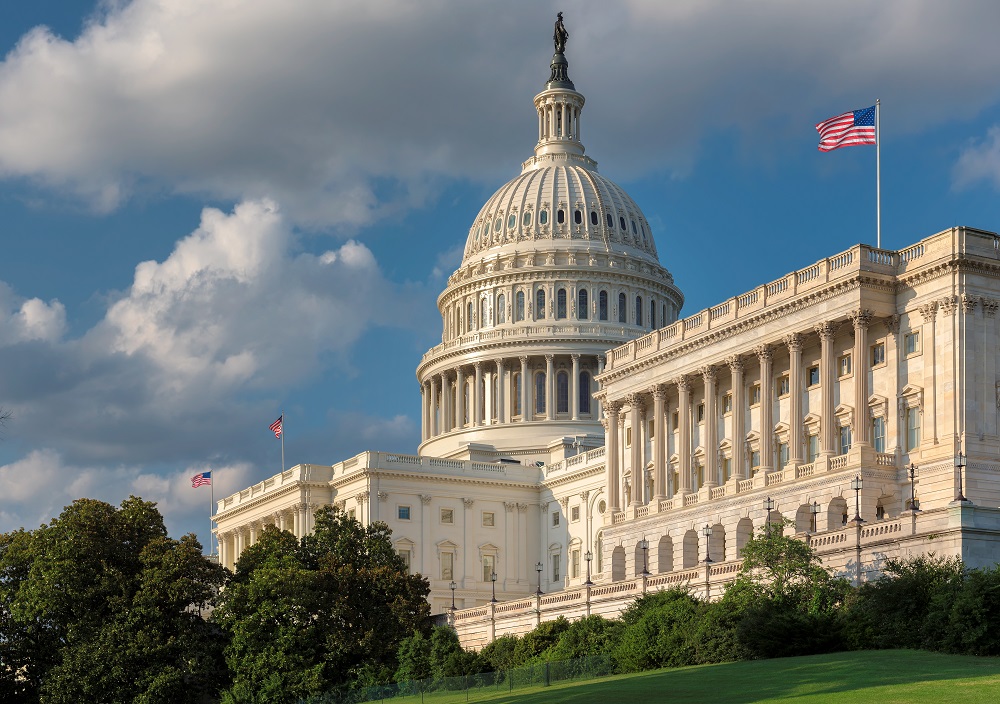Despite big gains for stocks and bonds during 2019, institutional investors are worried that stalled trade talks, slow global growth, and low yields could hurt portfolio performance in 2020. What are the key trends and strategies to watch out for in the year to come?
Discover the complete study* carried out by Natixis Investment Managers with highlighting ten market trends institutional investors will be watching for in 2020.
*The study is based on 2019 Global Survey of Institutional Investors conducted by CoreData Research in October and November 2019. Survey included 500 institutional investors in 29 countries throughout North America, Latin America, the United Kingdom, Continental Europe, Asia and the Middle East.
INSIGHT #1 Market volatility becomes a portfolio reality

Market volatility in an ever-changing world
In line with 2019, the effects of market volatility are beginning to impact portfolios. According to our 2019 Global Survey of Institutional Investors * study, over 77% of institutional investors are expecting a rise in volatility in equity markets, whilst 62% project greater volatility for bonds.
Even though 2019 was a stand-out year for stocks, almost half of investors believe that equities are due for a correction in 2020. They will closely look for corrections on the cryptocurrency markets and on the IPO market, both of whose valuations have proven to be volatile over the last few years.
More than half of investors project an uptick in currency volatility. 53% of institutions rank volatility as their top portfolio risk for 2020, closely followed by perennially low interest rates (50%). The viability of negative rates is another deep concern to take into account.
Market uncertainty is crying out for an active management approach. Nothing new under the sun for institutional investors, who have strengthened the active features within their portfolio plans over a three-year span. They will look to maintain their 70% active to 30% passive split over the next three years.
INSIGHT #2 Geopolitical tensions scrutinized by the markets

Geopolitical tensions on the eve of the US elections
This other important trend will continue into 2020. Political twists and turns remain a glaring issue for the markets, as one can witness from Donald Trump’s impeachment procedure in the US, Brexit in the UK, instability in many countries like Chile and Bolivia, and a rising tide of populism globally. Many events produced volatile short-term reactions, but few have delivered lasting impact to investors.
2020 is set to be a landmark year in which the US elections will be under the spotlight. Overall, 64% project that the US presidential election cycle will result in market volatility. More immediately, 54% believe impeachment proceedings will have a destabilizing effect on the markets.
Institutions are preparing their portfolios to head off these political risks. Managing risks can be improved thanks to efficient strategies: scenario analysis, capital buffers and reserves, and greater nimbleness and agility in political risk management.
INSIGHT #3 ESG gains ground

Environmental, Social and Governance criteria pave the way for more responsible behaviors
ESG will be taken further into account in 2020 and will gain greater adoption thanks to a clearer picture of the advantages and objectives that need to be met. 64% of institutions report they implement some form of ESG in their portfolios. Even though institutions have generally been at the cutting edge of this practice, this represents a nearly 10% increase over 2017, when 40% did not implement ESG.
Institutions discern real potential in ESG investments – more than half believe there is alpha to be found in ESG and almost four in ten implement ESG as a way of minimizing headline risk.
Beyond investment strategy, many institutions report that, as asset owners, ESG makes good business sense. One-third (33%) of those who invest in ESG implement it as a way of influencing corporate behavior.
IN A NUTSHELL
Faced with market uncertainty and volatility, institutional investors are not ready to take risks or to make significant changes either. They will adopt a “wait-and-see” approach in 2020.
KEY IDEASActive mangement Active management of a portfolio enables it to outperform the markets’ indexes by investing in funds, products and sectors whose potential is higher than the market’s growth outlook. It is the opposite of passive management or index investing, whereby a fund’s portfolio mirrors a market index and which active management aims to outperform. Volatility Volatility of a financial market is the measure of a financial asset’s valuation over time to quantify its pricing and yield risk. It also quantifies changes and dynamics on the stock market over the short- and long-term. ESG Environmental, social and governance criteria permit a non-financial assessment of a company to help discover the socially responsible strategies and the CSR performance that it puts in place with all of its stakeholders. |






